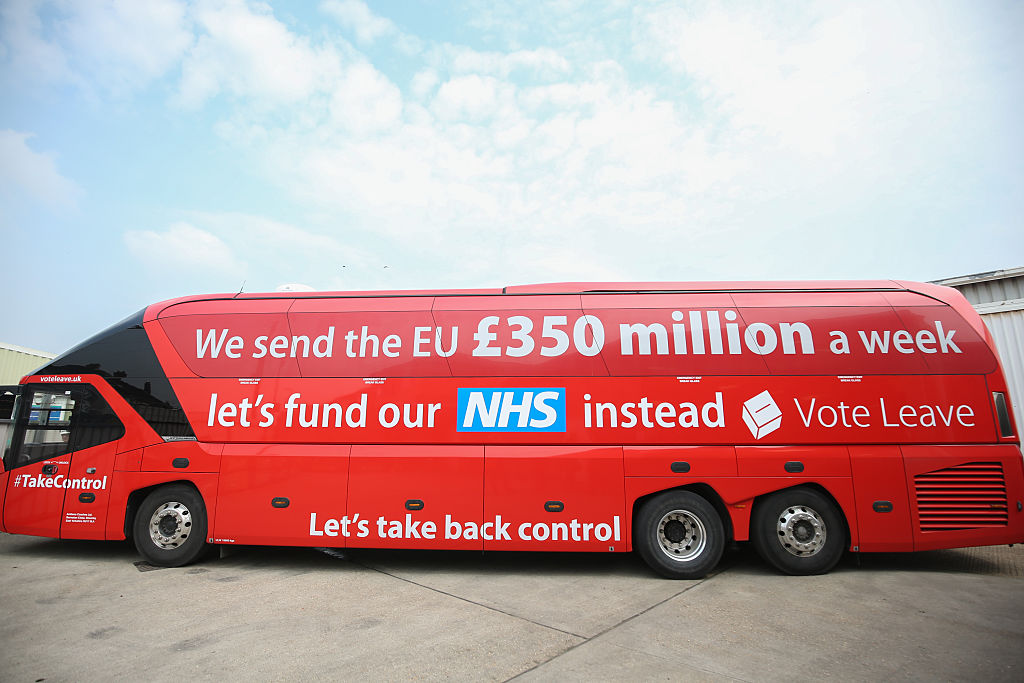An Oxford professor’s claim that it was “very likely” that overspending by Vote Leave swung the referendum for Brexit has taken off like wildfire. Professor Philip Howard’s analysis made the front page of yesterday’s Independent under the headline: ‘Illegal Facebook spending ‘won 2016 vote for Leave”. So do the numbers behind the headline add up?
Prof Howard, director of the Oxford Internet Institute, calculated that:
- Around 80 million Facebook users saw the Vote Leave campaign ads on social media during the period of excess spending;
- 10 per cent of users clicked through;
- 10 per cent of those users switched their vote as a result, giving over 800,000 switched voters.
Anthony Masters is a Statistical Ambassador for the Royal Statistical Society






Comments